Would you imagine that the most trafficked mammal in the world isn’t tiger fur, or elephant tusks, but a cute little scaly anteater? The reality of the situation is that pangolins are the most illegally hunted and traded mammal on earth. Because of this poaching, pangolin species range from vulnerable to critically endangered. Read on to learn about the pangolin.
Description of the Pangolin
Pangolins look like a mix between a small anteater and a pinecone. They have a long snout, with a long tongue, a rounded back, and a long tail. Hardened scales cover their bodies. These scales are made of keratin, the same substance that your hair and fingernails are made of. The armored scales are used as a defense against predators, and when the animal is in danger it curls into a ball.
Interesting Facts About the Pangolin
These creatures are not only odd looking and quite rare, they are also uniquely adapted as well. These are more than just a highly trafficked endangered animal. In fact, you may be surprised by its daily life!
- Wake Up and Snack – These armored little animals are also known as “scaly anteaters,” and for good reason. Pangolins spend their nights foraging for ants, and they can eat as many as 20,000 ants in a night.
- Do Slurp Your Food – When feeding, these animals use their 16-inch long tongue to slurp up ants. They have no teeth, so they swallow their insect prey whole. Pangolins will swallow small stones to grind food in their stomachs, since they can’t chew their food.
- One of a Kind – While many other mammals are “armored” in some way, pangolins are the only mammals that grow scales. Their scales are very different from reptile scales in structure, and they are 100% unique among mammals.
- What Stinks? – In addition to their armor, pangolins possess scent glands near their anus. When in danger, or while marking their territories, they release a foul-smelling chemical from that gland. This mechanism is quite similar to a skunk’s spray.
Habitat of the Pangolin
Pangolins like sandy habitats, such as savannas and wooded areas. They tend to remain close to water sources. There are some species of this enigmatic animal that are arboreal, which means that they live and hunt in trees.
Distribution of the Pangolin
There are eight different species of pangolin, and their natural habitats range from central and southern Africa, to India and Asia. Four species are native to Africa, one species is native to India, and three species are native to various parts of Asia.
Diet of the Pangolin
The vast majority of pangolins’ diets consist of ants and termites. They will also eat the larvae of other insects when presented the opportunity, but dedicate most of their foraging time to finding ants and termites.
Pangolins in each region will stick to mostly one or two species of insect, and eat those exclusively. They use their strong front claws to tear open termite mounds, and their long sticky tongues to retrieve the insects.
Pangolin and Human Interaction
These animals have been heavily hunted by humans, causing a sharp decline in their population numbers. They are targeted for their meat and scales. Like many other illegally-trafficked animals, pangolin meat and scales are used in traditional Chinese medicine.
Despite the fact that there is zero scientific research to support the use of these ingredients in traditional Chinese medicine, hundreds of pangolins are killed every year to “cure” various ailments. As a direct result of this poaching, four species of this animal are vulnerable, two are endangered, and two are critically endangered.
Domestication
Pangolins have not been domesticated in any way.
Does the Pangolin Make a Good Pet
No, pangolins are protected species. Owning, trafficking, or harming pangolins is highly illegal.
Pangolin Care
Pangolins are extremely difficult to keep in human care, namely because each animal is very particular about its diet. The Pangolin Consortium has developed an insect-derived diet that has boosted survival rates of the animals in human care. They have even successfully bred them in zoos. There are now fifty African white-bellied pangolins, also known as “tree pangolins,” in the program that are thriving and breeding.
Behavior of the Pangolin
Most species of pangolin are nocturnal, only a single species is active during the day. Because they are nocturnal, and relatively shy, researchers know very little about pangolin population numbers or behavior. Arboreal pangolin species will commonly make their homes in hollowed trees. The rest of the pangolin species that live on the ground will dig tunnels to sleep in.
Reproduction of the Pangolin
When female pangolins are ready to breed, they will search for a male’s territory. The female reproduces once per year, and usually gives birth to a single pangopup. This pup will ride on its mother’s back or tail for protection. At approximately three months old the pangopup is weaned from its mother’s milk, but will remain with mom until it reaches two years of age.

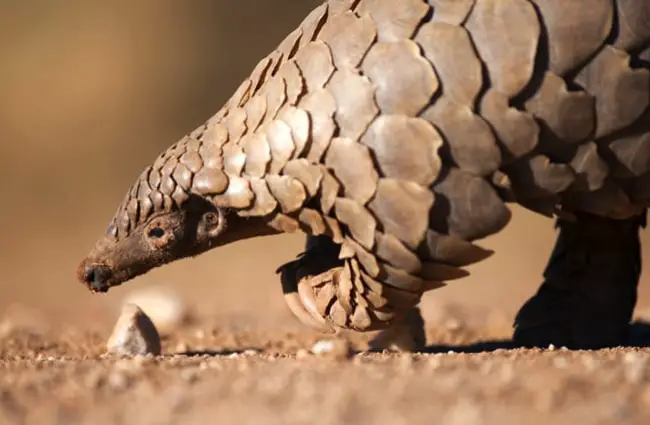
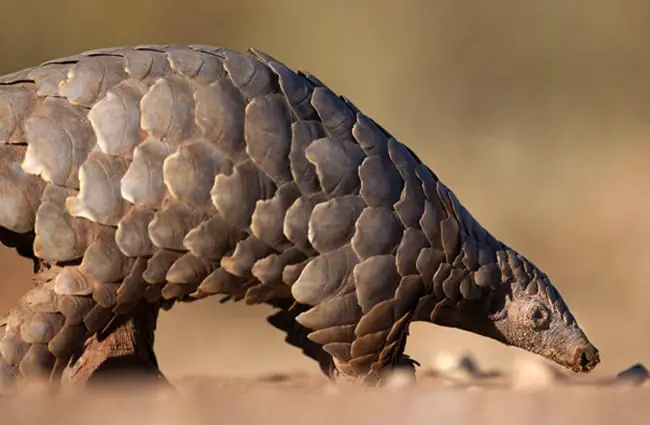
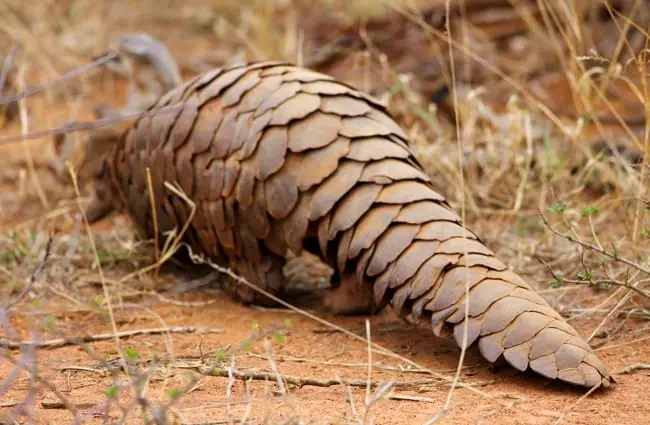

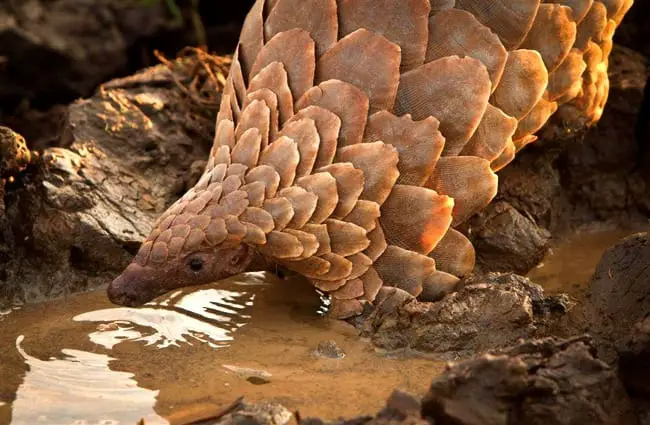

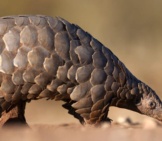
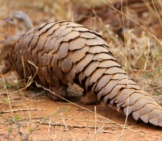


![Red Angus Closeup of a beautiful Red Angus cowPhoto by: U.S. Department of Agriculture [pubic domain]https://creativecommons.org/licenses/by/2.0/](https://animals.net/wp-content/uploads/2020/03/Red-Angus-4-238x178.jpg)












![Red Angus Closeup of a beautiful Red Angus cowPhoto by: U.S. Department of Agriculture [pubic domain]https://creativecommons.org/licenses/by/2.0/](https://animals.net/wp-content/uploads/2020/03/Red-Angus-4-100x75.jpg)

